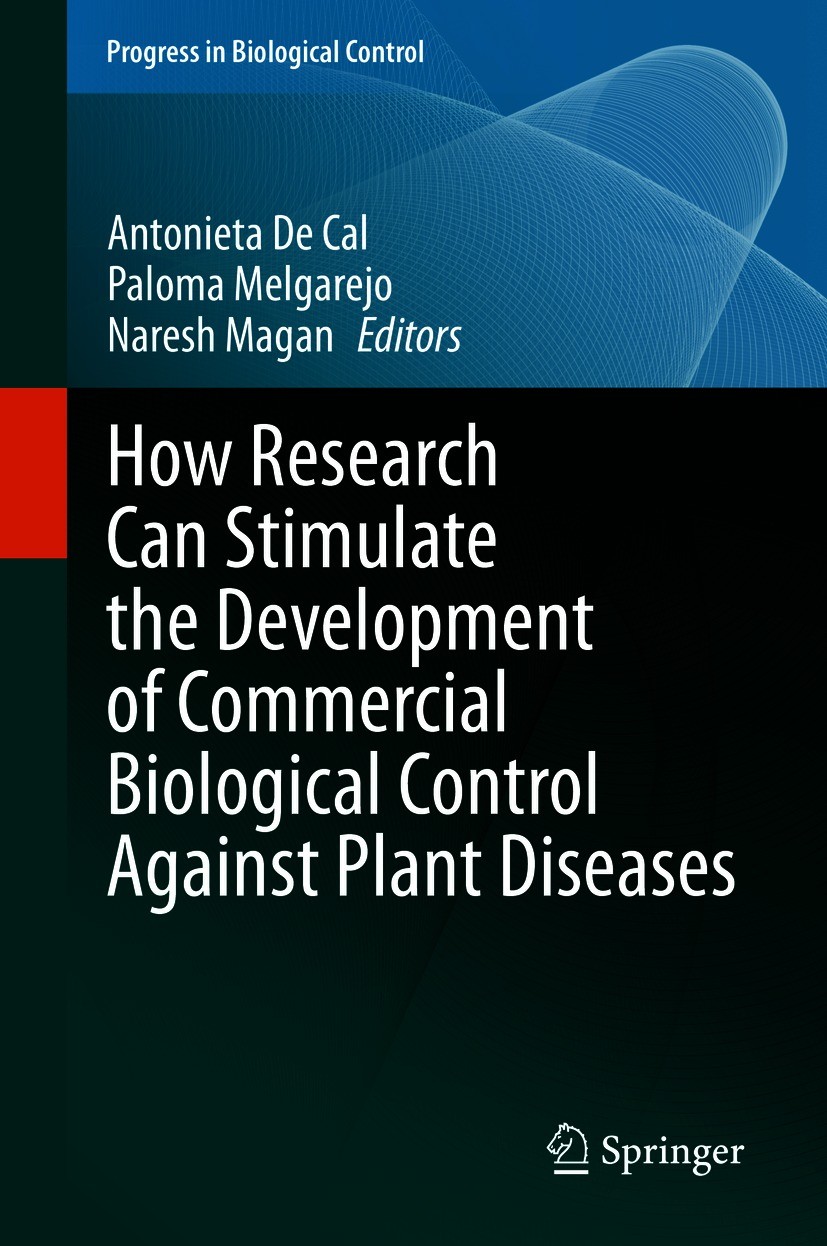| 书目名称 | How Research Can Stimulate the Development of Commercial Biological Control Against Plant Diseases |
| 编辑 | Antonieta De Cal,Paloma Melgarejo,Naresh Magan |
| 视频video | http://file.papertrans.cn/429/428685/428685.mp4 |
| 概述 | Agricultural crop production needs new plant disease control methods which avoid the negative fungicide impact on natural biodiversity.Biological control has become an attractive alternative strategy |
| 丛书名称 | Progress in Biological Control |
| 图书封面 |  |
| 描述 | .Biological control has become an attractive alternative strategy for the control of plant diseases to reduce the excessive use of agrochemicals and its health hazards. But a significant gap still exists between basic research involving the discovery of a biocontrol agent and its development and implementation under commercial conditions. Because BCAs (unlike chemical a.m.) need to establish, colonize, survive and perform their metabolic activity to control diseases. In order to move a biocontrol agent from the laboratory to the market place requires many different disciplines and people with a variety of expertise. Research can stimulate the development of commercial biocontrol agents..Chapter 16 is available open access under a Creative Commons Attribution 4.0 International License via link.springer.com.. |
| 出版日期 | Book 2020 |
| 关键词 | Biocontrol; Microbiome; Ecosystem; Applied Microbial ecology; plant-microbial interactions |
| 版次 | 1 |
| doi | https://doi.org/10.1007/978-3-030-53238-3 |
| isbn_softcover | 978-3-030-53240-6 |
| isbn_ebook | 978-3-030-53238-3Series ISSN 1573-5915 Series E-ISSN 2543-0076 |
| issn_series | 1573-5915 |
| copyright | Springer Nature Switzerland AG 2020 |
 |Archiver|手机版|小黑屋|
派博传思国际
( 京公网安备110108008328)
GMT+8, 2025-11-14 20:19
|Archiver|手机版|小黑屋|
派博传思国际
( 京公网安备110108008328)
GMT+8, 2025-11-14 20:19


